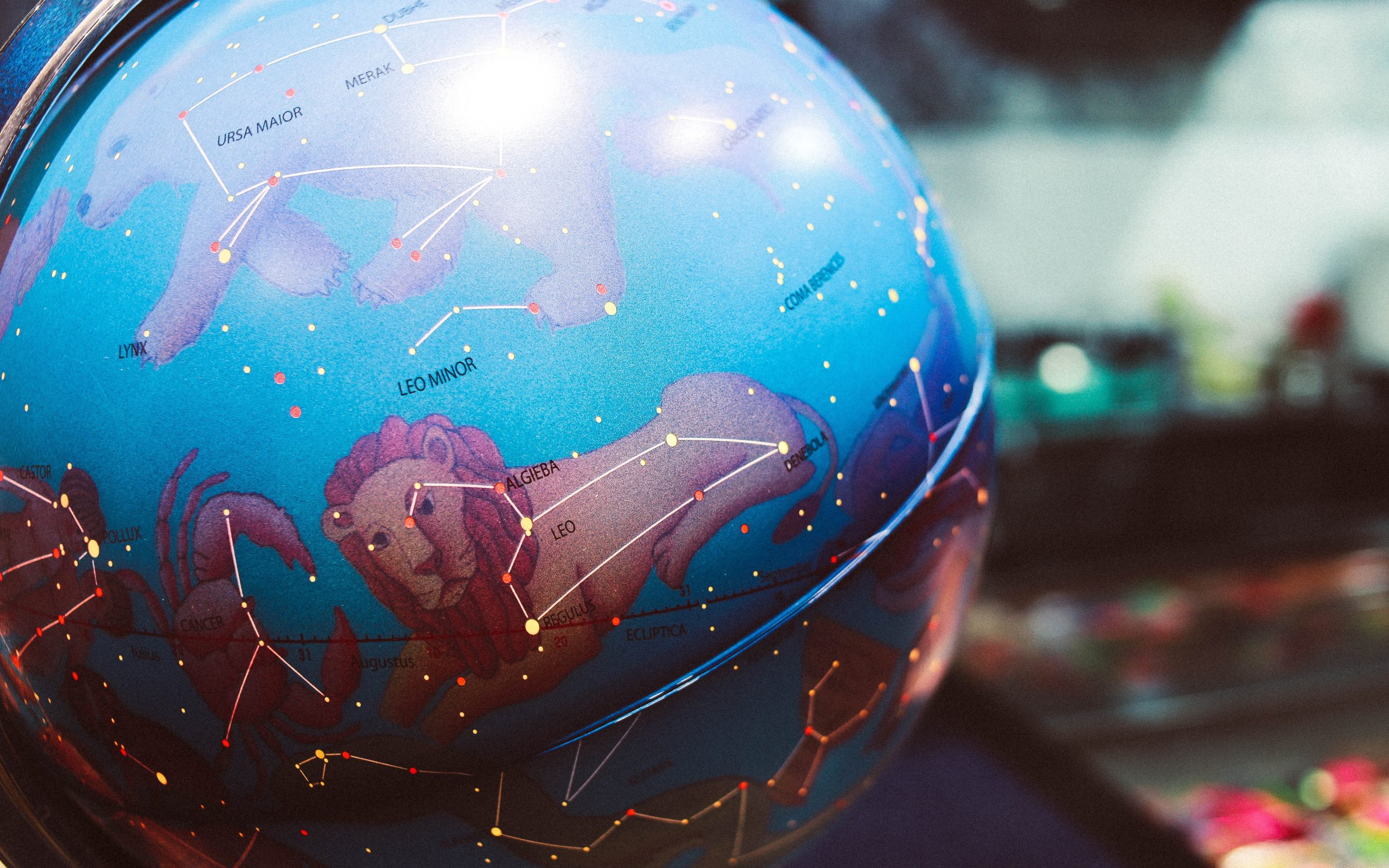Ireland Good Luck Symbol: The Rich Tradition of Celtic Warriors and Shamrocks
Ireland, also known as the Emerald Isle, is a land filled with enchanting landscapes, rich history, and captivating folklore. Among the captivating aspects of Irish culture is the belief in the power of good luck symbols. These symbols have been passed down through generations, encapsulating the hopes and dreams of the Irish people. One such symbol that embodies the essence of Ireland’s luck and charm is the shamrock, deeply intertwined with Celtic traditions and mythology. In this blog post, we will explore the origins, significance, and enduring allure of the Ireland good luck symbol – the shamrock.
The Origins of the Shamrock in Irish Culture
The connection between the shamrock and Irish culture can be traced back thousands of years. The early Celts, a tribal people that inhabited Ireland, held a deep reverence for nature and believed that certain plants possessed inherent magical properties. Among these plants was the shamrock, known in Irish Gaelic as “seamróg”. The word “seamróg” is composed of two parts, “seamair” meaning clover, and “óg” meaning young or small. The shamrock, with its delicate leaves and vibrant green color, captured the imagination of the Celts, symbolizing rebirth and renewal.
The shamrock’s significance grew even stronger with the arrival of St. Patrick, Ireland’s patron saint, in the 5th century. According to legend, St. Patrick used the three-leafed shamrock as a visual aid to explain the concept of the Holy Trinity – the Father, Son, and Holy Spirit – to the pagan Irish. This act, it is believed, converted many Irish pagans to Christianity.
The Symbolism of the Shamrock – A Trinity of Blessings
The shamrock’s association with the Holy Trinity has forged its enduring status as a symbol of good luck and blessings in Ireland. Like the Trinity’s three distinct but interconnected elements, the shamrock’s three leaves symbolize three blessings: faith, hope, and love. These virtues resonate deeply with the Irish spirit and have become inseparable from the identity of the shamrock itself.
Beyond its religious connotation, the shamrock also represents the interconnectedness of all things in nature. Each leaf of the shamrock is connected to the others, forming a unified whole. This symbolism echoes the Celtic belief in the interconnectedness of humanity, nature, and the divine. It serves as a reminder that we are all part of a larger tapestry, and that our actions have ripple effects throughout the world.
The Evolution of the Shamrock as a Good Luck Charm
Over time, the shamrock has evolved from a religious symbol to a widely recognized good luck charm associated with Ireland. Its connection to St. Patrick’s Day, Ireland’s most celebrated national holiday, has played a significant role in solidifying its image as a symbol of good fortune.
On St. Patrick’s Day, people of Irish descent and those who celebrate Irish culture wear the shamrock proudly. It is customary to pin a sprig of shamrock to one’s clothing, predominantly on the left side, close to the heart. This practice stems from the belief that wearing a shamrock on St. Patrick’s Day will bring good luck and protect against evil spirits. Many also incorporate the shamrock into St. Patrick’s Day decorations, such as table centerpieces or as adornments for hats and accessories.
Beyond St. Patrick’s Day, the shamrock is also used as a symbol of Ireland itself. It can be found on Irish coins, official government documents, and is often used as a logo for Irish organizations and companies. The shamrock has become synonymous with Irish charm, hospitality, and of course, good luck.
Other Irish Symbols of Good Luck
While the shamrock reigns supreme as Ireland’s most iconic good luck symbol, it is not the only symbol with auspicious connotations. In fact, Irish culture is replete with a variety of symbols that are believed to bring good fortune. Here are a few notable examples:
| Symbol | Meaning |
|---|---|
| Claddagh Ring | A symbol of love, loyalty, and friendship |
| Horseshoe | Represents protection and wards off evil spirits |
| Celtic Knots | Symbolize eternal love and the interconnectedness of life |
| Four-Leaf Clover | A rare variation of the shamrock, said to grant extra luck |
Though these symbols may not have the same level of prominence as the shamrock, they are cherished by the Irish people and serve as personal talismans for many.
Conclusion
The Ireland good luck symbol, the shamrock, encapsulates the essence of Irish culture and spirituality. With its deep historical roots and enduring symbolism, the shamrock represents faith, hope, love, and interconnectedness. By embracing the shamrock as a symbol of luck, the Irish people continue to celebrate and preserve their rich cultural heritage. So, on your next encounter with the beloved shamrock, may you be reminded of the blessings it represents and may good luck be forever in your favor.
Table of Contents
